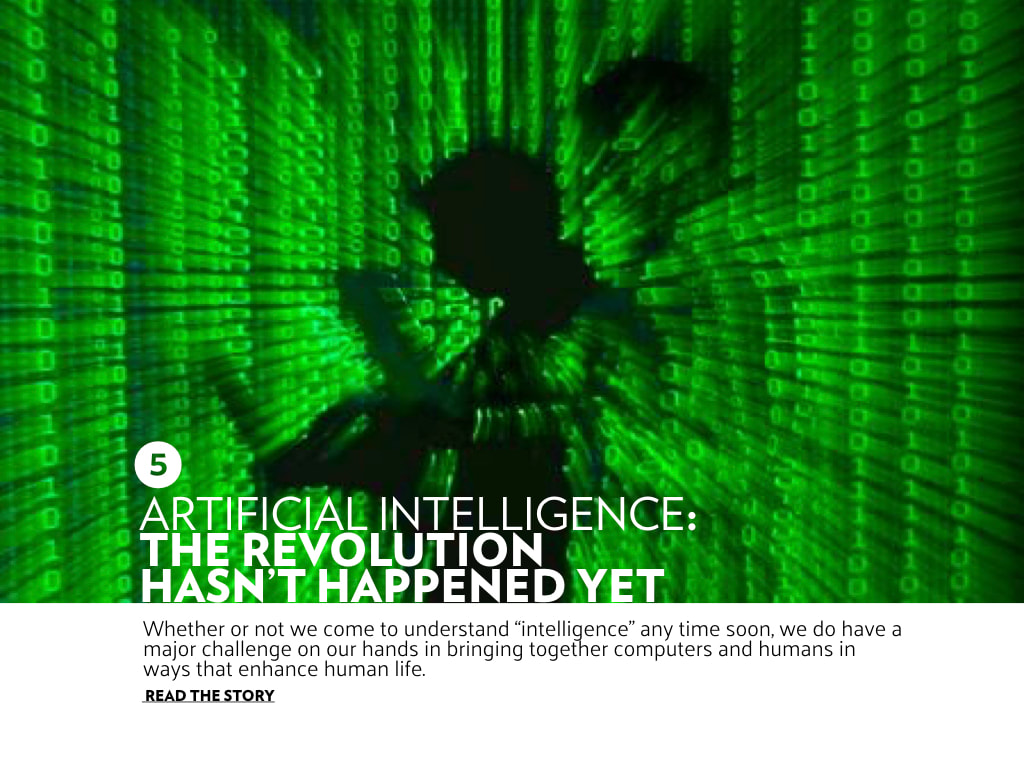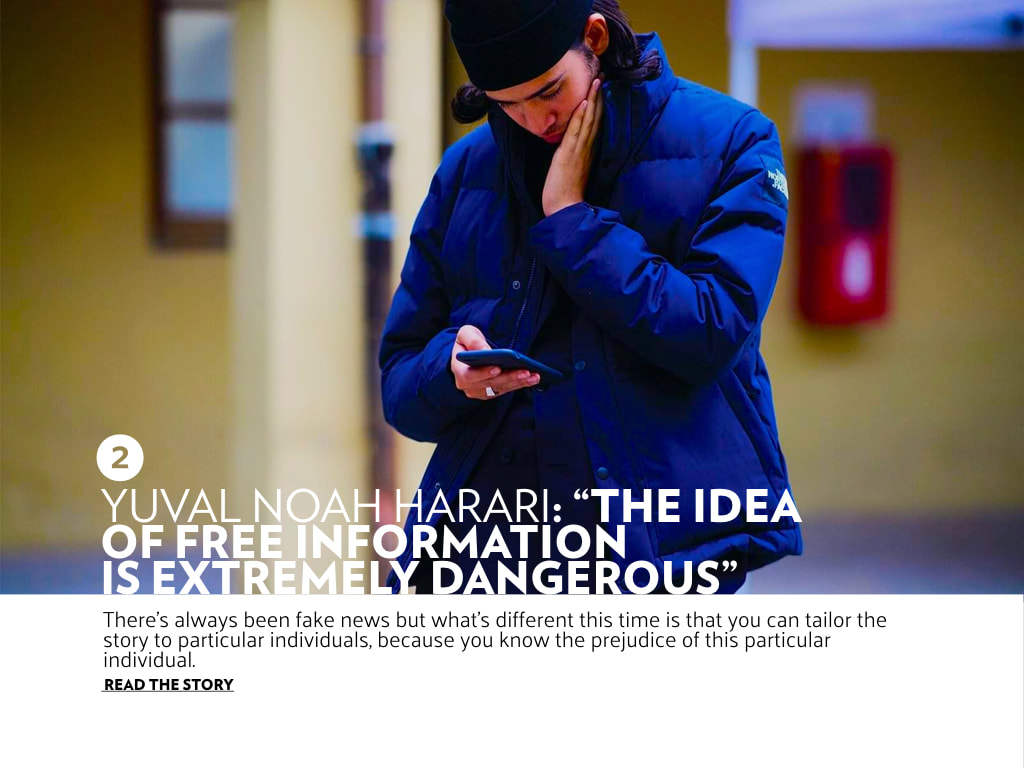⊕ LIBRARY | SOCIETY. |. 17.SEP.2018
Google Knows Where You’ve Been, but
Does It Know Who You Are?
_
In August, The Associated Press published an investigation into how Google handles the data it collects. For years, the company has allowed users to control their “location history,” which stores a detailed record of where they’ve been, based primarily on their activity in Google Maps. “Some Google apps automatically store time-stamped location data without asking,” the reporters found. The revelation has since resulted in at least one lawsuit, as well as renewed public criticism from lawmakers. By JOHN HERRMAN, www.nytimes.com |
|
In August, The Associated Press published an investigation into how Google handles the data it collects, following a curious discovery by a graduate researcher at U.C. Berkeley. For years, the company has allowed users to control their “location history,” which stores a detailed record of where they’ve been, based primarily on their activity in Google Maps. This, the researcher suggested — and The A.P. confirmed — did not work as advertised. “Some Google apps automatically store time-stamped location data without asking,” the reporters found. The revelation has since resulted in at least one lawsuit, as well as renewed public criticism from lawmakers. We’re often aware that Google is logging our whereabouts. Google Search, for example, helps us find all sorts of things, and it uses our location to try to supply more relevant information (by guessing the language we speak, for starters). Obviously Google Maps gives us particulars about where we are and where we’re going. The more creative, indirect ways in which Google employs our location data can be noticeably helpful, too, or at least technically impressive. (Yes, Google, good guess. That is the restaurant I went to — but I would not like to review it, thanks.) More often, however, the details of place and movement are being processed in the background, where that information is recorded because it can be, and made available to tools we largely take for granted. These tools are good at showing us what Google wants, as well at what it thinks it knows. It is something else to see what Google has. To its credit, the company has long given users ways to see portions of the data collected from and about them. Google Takeout, a tool for downloading your own Google data, debuted in 2011 and now enables you to export some sort of material from at least 50 different services, including Gmail, Search, chats and payments. The overwhelming volume of this information demonstrates just how deep, and inescapable, our relationships with the company have become. And it can be sneakily transformative. To see months of your own search history repeated back to you in list form is to suffer a strange mixture of your most mundane and anxious — and largely forgotten — moments. Takeout offers some straightforward utility: The ability to download your photos, for example, lets you upload them elsewhere. And it is genuinely good that Google doesn’t hold your contacts hostage. Google also makes it possible for users to browse their recorded location history. This interface is very Google-ish in that it makes a huge amount of information feel approachable; it is less like Google in the way it makes the material feel useless and hardly worth investigating. In Takeout, however, location data can be exported in raw form. In my case, this produced a file containing hundreds of thousands of entries, each encoding time (down to the millisecond), latitude and longitude (with an estimate of their accuracy) and a guess at my activity (“ON_BICYCLE,” for instance). Laid out in a vast spreadsheet and isolated from Google’s own interfaces, this data becomes both conceptually clear, as quintessential surveillance, and literally incomprehensible. In 2014, a high school student named Theo Patt released a tool, Location History Visualizer, to give shape to this information, placing users’ entire Google location histories on an intensely color-coded map, like something that might hang on the wall at the Centers for Disease Control and Prevention. It became a minor sensation, and tens of thousands of visits to his site followed. It was a rare chance for Google users to see their own slice of the company’s same old data, presented just outside the context in which it was gathered, rendering it utterly new. When you stare down from on high at the last few years of your life — as recorded by your laptop and phone, and then self-subpoenaed from your Google account — your first impulse is forensic. And whether you assume the role of defense, prosecution, judge or juror, you’ll have plenty to work with. If you fully opt in to certain Google products (in my case, various Google apps on an iPhone, including Google Maps), years of location history will be rendered as glowing circles, shaded from violet to green to yellow to red and overlaid on a map of the world. To explore this data is to toggle, in seconds, among wildly disparate emotional states: surprise, disorientation, curiosity, disappointment. I first looked at my map zoomed all the way out and thought, That’s it? A glowing red blast radius surrounded New York City, where I live; fainter orbs floated over towns where I visited family. That time in Nashville, for a conference. A failed reporting trip to Northern California. A few vacations, some layovers at airports, some weekend trips near the city. The full force of Google’s apparatus had been summoned here, it seemed, to tell me to travel more. (According to Google, the company does not share users’ location histories with advertisers, nor does it serve ads to users based on specific places in their location histories.) Then I zoomed in. Trips to see family were rendered in cold detail. They showed a town where I spent most of the first 18 years of my life reduced to the skeletal routine of a repeat outside visitor. The purple haze over the airport resolved, on a closer look, into dots at Gates C18 and C25, where I’ve arrived or departed, and from or to which I walked to use a bathroom near Gate C9, just before Christmas in 2017. Another faint trail led to my mother’s home, which glowed red; a few jogs around the neighborhood ringed the house in blue. I could pick out the restaurants in town that we went to together and the bar downtown where I met an old friend. I followed a mysterious series of faint dots down the highway, remembering halfway that they would lead to the regional fast-food place I loved as a kid. I zoomed in on a dot just north of the house and found myself at church, for the yearly family Christmas service. I scrolled in further and saw my annual stations: the parking lot, the chapel, the pews just left of the lectern and finally the columbarium to visit my dad’s remains. I came to resent this data in a number of ways: that a cache of coordinates from Google could trigger grief or joy — that was such a nice morning, up in the park, with all those dogs — or that it, rather than a friend or a co-worker or a missed stop on the train, would be what triggers a familiar guilty reminder that the city I live in is so much bigger than the routine I’ve created within it. There were also moments, deep in this incidental personal data diary, when I almost wished for more — when I thought about how nice it would be to be able to zoom in even further, to get back into a room and look around. These moments were brief. An intensely personal diary is the sort of thing you could only be happy to discover in your own attic, in your own handwriting, not on the servers of a multibillion-dollar advertising corporation. Theo Patt created the first version of Location History Visualizer while in his mid-teens. Shortly after its release, requests for new features started trickling in. “I got an email from this father whose daughter had been accused of shoplifting,” Patt told me. “He was trying to take the defense into his own hands.” He started work on a more advanced version of the tool, which he eventually began to sell. “There are people who think their spouses are cheating on them,” he said, which are “a surprisingly large cohort.” He recalled a woman who contacted him directly for help; she thought her husband was being unfaithful and had exported his Takeout data to find out. After a lengthy tech-support session, “she finally got the visualization pulled up,” Patt says. “Then she went silent.” A few days passed, and she sent a solitary message: “Thank you.” People use it to keep track of travel to bill their companies; some users want to reconstruct trips or create visual maps as travel keepsakes. But regarding their own location data, and the data of others, users’ imaginations seem to have darkened over time. There are still plenty of worried partners — sales double around Valentine’s Day, Patt says — but suspicious bosses, too, who have wanted to track employees’ whereabouts during the day. Inevitably, law enforcement took an interest. Patt is somewhat less candid about this, citing agreements with clients. “There ended up being some pretty big international customers — government arms and police agencies.” Patt is 18 now and working on a new start-up. He starts at Stanford this month. But he’s still accepting new clients. After using Visualizer, I’d seen enough. This level of biographical data is alarming enough when collected and used by a company I trust, at least in practice; moved just slightly out of context, it becomes an open-ended accumulation of exposures in a world where assurances of data privacy are being made more frequently and insistently — and to users’ ears, less credibly — by the day. I turned my location history off, or at least as “off” as Google would allow. I took this step knowing full well that plenty of other location-aware apps on my phone — social apps, local guide apps, even lowly weather apps — could be compiling nearly identical data. (Never mind wireless providers or credit-card companies.) But not to take the step would have felt like giving up. Patt leaves his on. “For me, it’s the story of my entire teenage years,” he said. Where I saw a surveillance file, he saw a biography. Google was the author of both, but for now at least it was interested in neither. _________ © 2018 The New York Times Company. |
|







